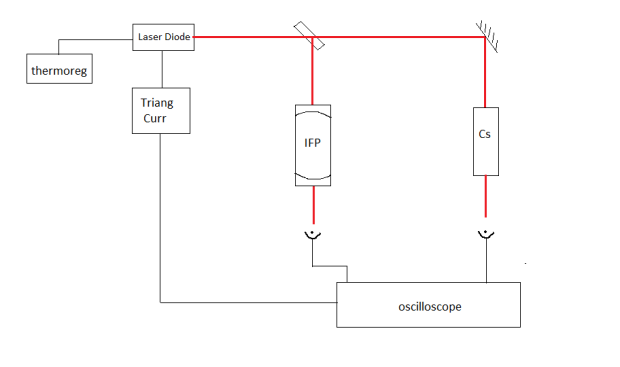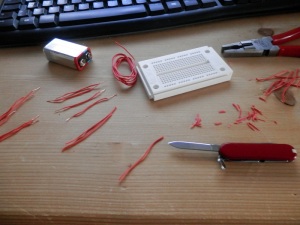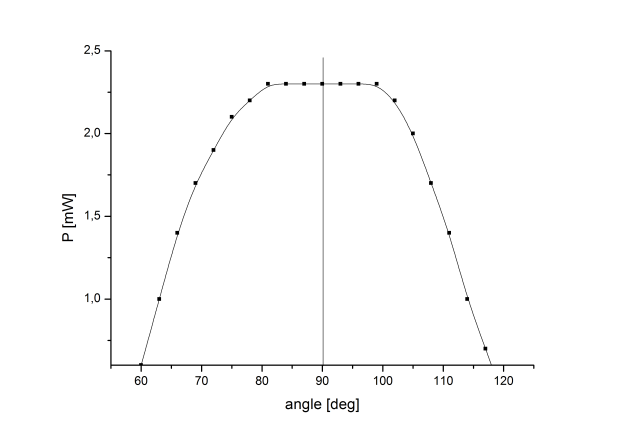Greetings! I am proud to present our brand new labs at the Institute of Optical Materials and Technologies! After a whole year of construction work, repairs and various emotions, the renovated labs are finally ready for action. And for our (many…) readers exclusively, I will present our optical arsenal:
Our CW lasers lab is home of Coherent’s mighty Verdi laser – a DPSS at 532 nm wavelength and a maximum output power of 12 W. Right next to it is the Japanese hero from Kimmon – a He-Cd laser at 441,6 nm and 0,18 W output.
We also got two laser diode systems from BWtek at 780 and 635 nm and a few more systems from Cobolt and Coherent – no need for an extensive description of everything for now, hopefully you’ll meet again with some of these lasers in a future post that will be more specific. The important thing is we got the reds, the greens and the blues covered. So a multicolour hologram, maybe, someday? It will be very exciting!

Preparation for a holographic recording setup… You can see how huge the laser spot is and we will make it even bigger in order to “capture” the object
Apart from the CW lab, we also got a separate pulse lab, where our two Nd:YAG lasers rest for now. They are around 1 μm (I always forget the exact value) but they are mainly used for second harmonic generation. Third and fourth harmonics are also possible although weak.
Hmm, this post turned out shorter than I imagined… Sorry! I hope you liked this sneak peek of the labs and I will be glad to show you some *real* work soon. In the meantime, here’s an abstract-spectrum-thing painting I made for our new office rooms at the Institute – if my colleagues like it, we may even hang it on the wall:

















